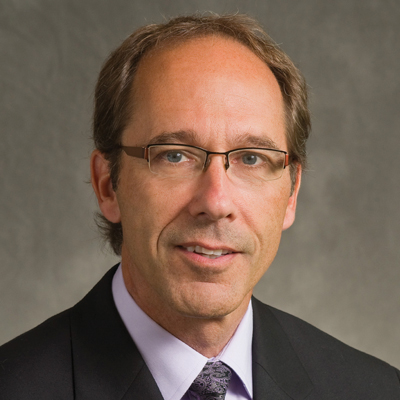The Upper Peninsula of Michigan has 3 percent of the state's population, yet it receives 20-25 percent of the state's Community Development Block Grants (CDBGs).
Unfair to the rest of the state? Probably not, according to Becky Beauchamp, account executive for the Michigan Department of Commerce's U.P. office. CDBGs are funds provided by the federal government and allocated by each state as it sees fit. The seemingly disproportionate share of CDBGs for the U.P. occurs because the U.P.'s economic makeup generally precludes it from participating in some of the state's economic development programs.
In 1985, the Michigan State Legislature initiated the Michigan Strategic Fund (MSF), a new state agency geared toward increasing the availability of business financing that primarily consists of four programs:
The Capital Access Program: offers portfolio insurance to participating lending institutions rather than the typical loan-by-loan guarantees. For each bank participating in the Capital Access Program, a special reserve is established to cover future losses from a portfolio of loans that the bank makes under the program. The special reserve is owned and controlled by the MSF. A bank can withdraw funds only to cover losses on loans made under the program.
Business and Industrial Development Corporations (BIDCOs): a new class of private financial institutions that do not take deposits, but establish capital from equity investments and by borrowing money. Licensing and regulation of such institutions is done by the state; and the state, through its MSF, injects $1 of equity for every $2 raised by the BIDCO organizers. Risky loans are not discouraged by the state. There are currently six BIDCOs in the state, according to Beauchamp, which have been formed by existing private financial institutions.
Product Development Fund: An investment management company determines the state's best under-financed new product opportunities and funds are appropriated as necessary. Repayment is through royalty on sales.
Seed Capital Program: designed to use state money to spark the creation of private seed capital funds. Private consultants manage the funds.
While that's an innovative array of economic development programs, the Upper Peninsula, for the most part, has not participated in those funding plans. For example, of the six BIDCOs, none has been formed in the U.P.
Also, the Capital Access Program, which provides portfolio insurance for participating financial institutions, demands that those institutions build an adequate level of loan loss reserves, Beachamp said. And most financial institutions in the U.P. are not large enough to become involved in the program.
"It may take time for those programs to catch on, or they may never catch on up here," Beauchamp said of the U.P. "The jury's still out on that."
Hence, the relevance of the CDBGs to the U.P.: "That's why the Community Development Block Grant program has been so important to the U.P.," Beauchamp said. And, with the state's major economic development programs geared toward the participation of the private financial industry, the U.P. will probably continue to receive the bulk of those federal funds.
CDBG funds are given directly to a local unit of government, usually a city, that then lends the money to a private business or uses the funds for infrastructure repair. In the U.P., most CDBGs are used as lending tools for existing or expanding manufacturers but rarely for pure start-up ventures, Beauchamp said, which are generally more risky. The CDBG loans, which are made at about market rates up to one-third of the loan total, are matched by private lenders.





